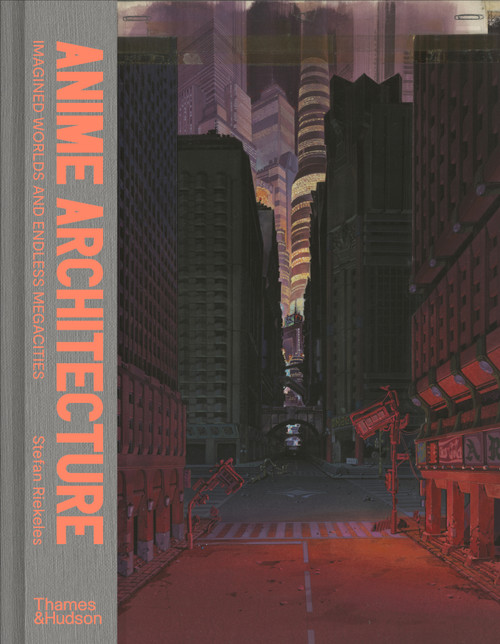The biblical metaphor of a "Land of Milk and Honey" has denoted for millennia a prophecy and promise for plenitude. This book, published in conjunction with the Israeli Pavilion at the 17th International Architecture Exhibition of the Venice Biennale, examines the reciprocal relations between humans, animals, and the environment within the context of modern Palestine-Israel, and demonstrates how this promise has become an action-plan over the course of the twentieth century. Through this lens, Land. Milk. Honey investigates how colonialism, settlement, urbanisation, infrastructure, and mechanised agriculture radically reshaped the environment of the contested territory of Palestine-Israel, and altered human-animal relationships. It shows how the celebrated metamorphosis of the region into a prosperous agricultural landscape was entangled with irreparable damage to the local fauna and flora, as well as the disruption of human communities and ways of living. And it highlights the predicaments that both the environment and its inhabitants are facing after the territory has over a century been the test bed of modernist aspirations for plenitude. The fundamental changes the region has gone through are portrayed through the stories of five local animals: cow, goat, honey-bee, water-buffalo, and bat. These case-studies and a zoo-centric analysis construct a spatial history of a place in five acts: Mechanization Territory, Cohabitation, Extinction and the Post-Human. A rich collection of literary excerpts, historical documents, archival photos, as well as short original vignettes brings about the story of this remarkable transfiguration and redesign.







